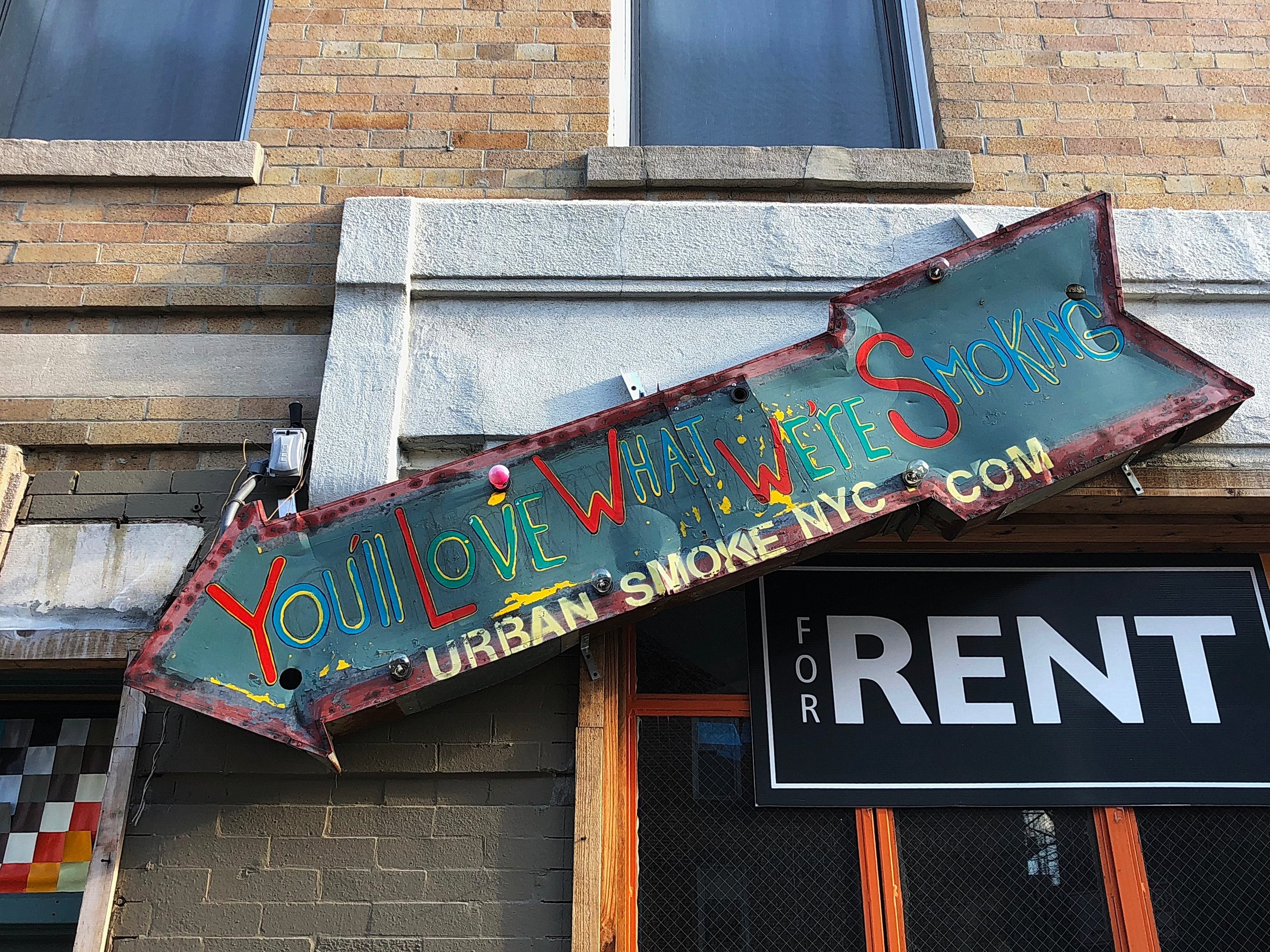You've probably heard real estate agents say or even saw it in property descriptions. "This property has 12 years remaining of it's 421-a tax abatement." Did it make you fall in love with the property? Probably not, but we can all agree that anything that reduces a property tax burden is a good thing. Have you ever stopped to question what it really is?
Let's learn a little bit more about the 421-a tax abatement
It started as a program in the early 1970s as an effort to stimulate real estate development in empty property lots in New York City. From an economic development perspective, having developed properties is significantly more beneficial than abandoned lots sitting empty. Why might you ask? Developed lots create the potential to grow the tax base in a given neighborhood. The more tax paying residents can fit into a development, the greater the opportunity for New York City to collect taxes.
The 421-a tax abatement benefited developers by providing them with tax exemptions for new ground up development. In return, developers have to commit a small percentage of the development towards affordable housing. Some developers have gotten around this by funding and building completely separate properties for the affordable housing component. A few years ago, Extell was in hot water over building a "poor door" for tenants of the affordable housing component at 40 Riverside Boulevard. Ultimately the goal of the 421-a tax abatement was to stimulate the construction of residential development across parts of New York City, while also increasing tax revenues for the city in the future.
Benefits to purchasing unit with 421-a tax abatement
Tax exemptions for purchasers of condominiums or coops with this tax abatement can be anywhere from 10 to 25 years, depending on the location of the property and how much inventory was set aside for affordable housing. Check the graphic below for details about the abatements.
Tax abatements are attractive for buyers because they reduce the monthly cost burden of the apartment. However, one should also recognize that lower taxes will be reflected in a higher sales price, as the abatements are incredibly attractive.
If you already own a property that has a tax abatement, it's important to consider selling it at least a few years before the abatement expires. At point of expiry, the real assessed taxable value will kick in and it might feel like jumping into a cold shower. Prepare yourself, and consider your exit strategy in advance, while your apartment still feels financially attractive to potential buyers.
Why is there controversy around the 421-a tax abatement?
Essentially the 421-a tax abatement was up for re-negotiation in mid-2015. A deal was nearly signed. However, negotiations broke down when it came to agreeing on whether union labor would be utilized on developments that receive 421-a status. This is a big hit for real estate developers across the city as well as affordable housing, as developers no longer have incentive to set aside inventory for such housing. Additionally, the lack of tax abatements will have direct impact on pricing for new projects that come to market in the future. However, within the next few years, 421-a may very well make its way back to the New York City real estate market. Time will tell.
Source: https://www.habitatnyc.org/pdf/advocate/Pratt421a.pdf
Are you interested in learning more about new development? Then you may enjoy this post.












